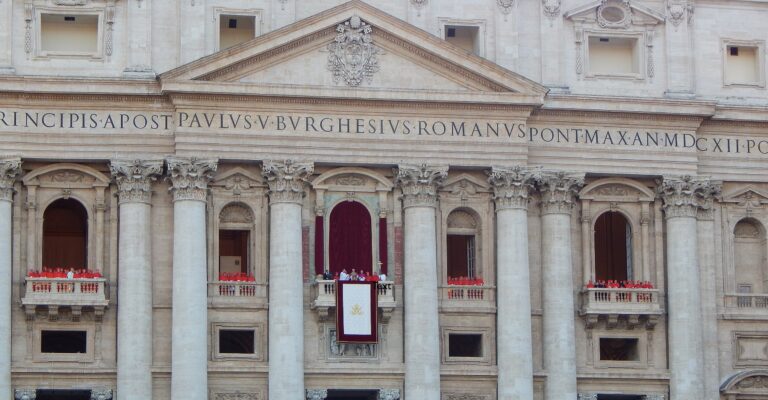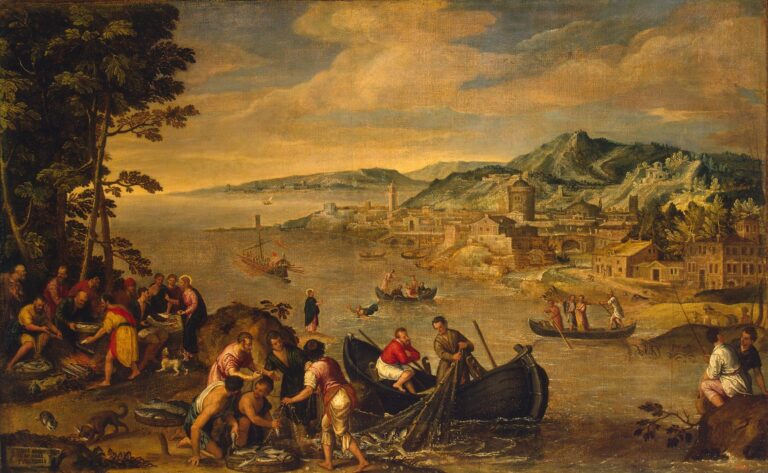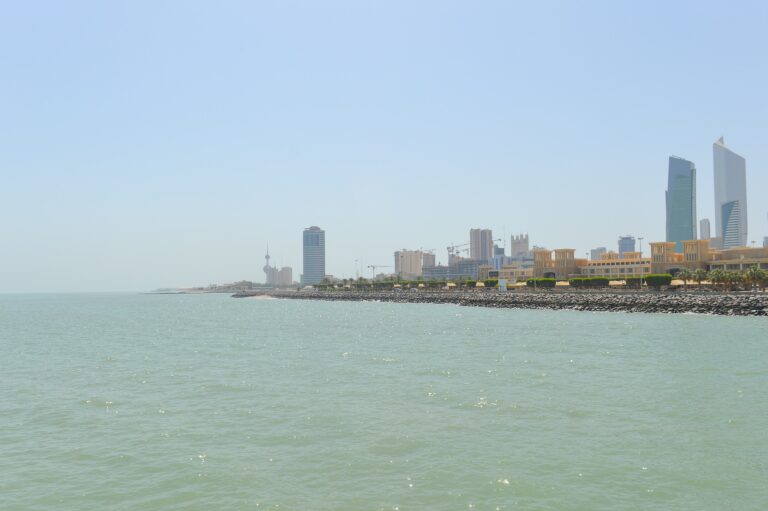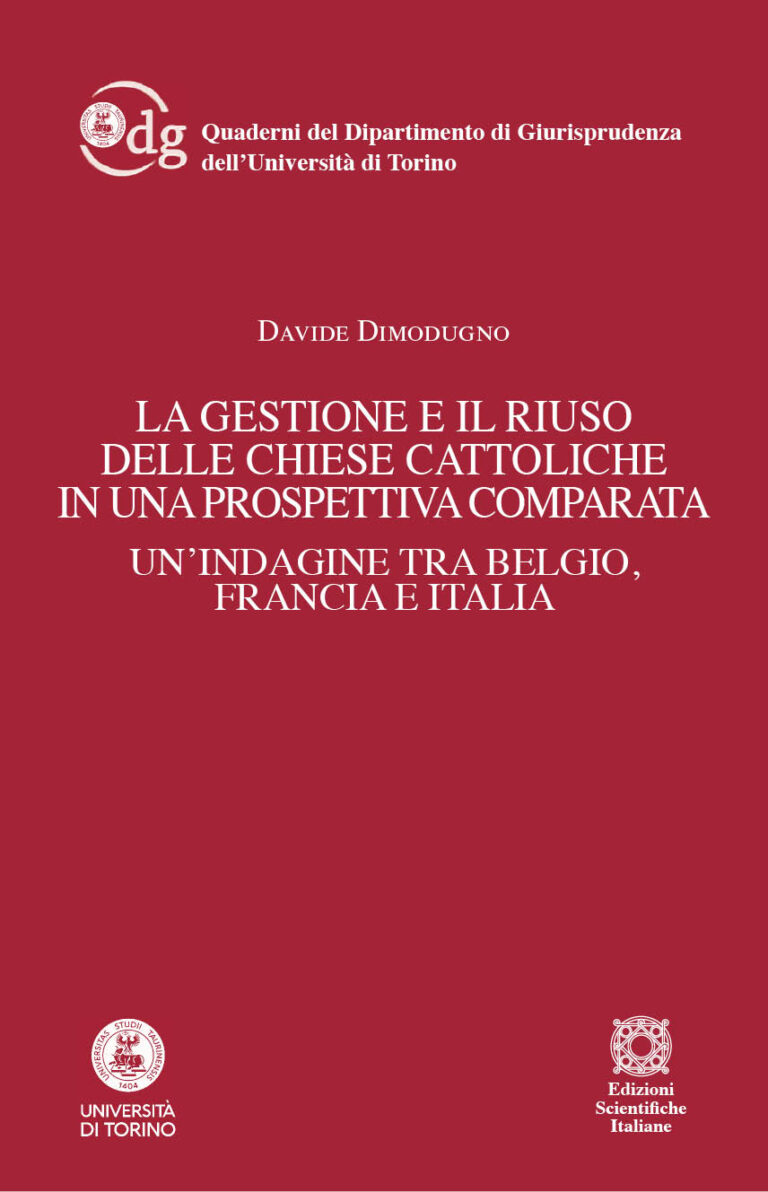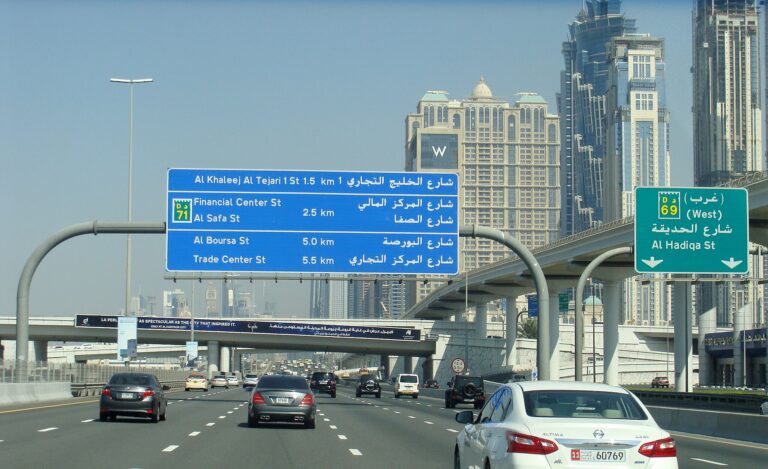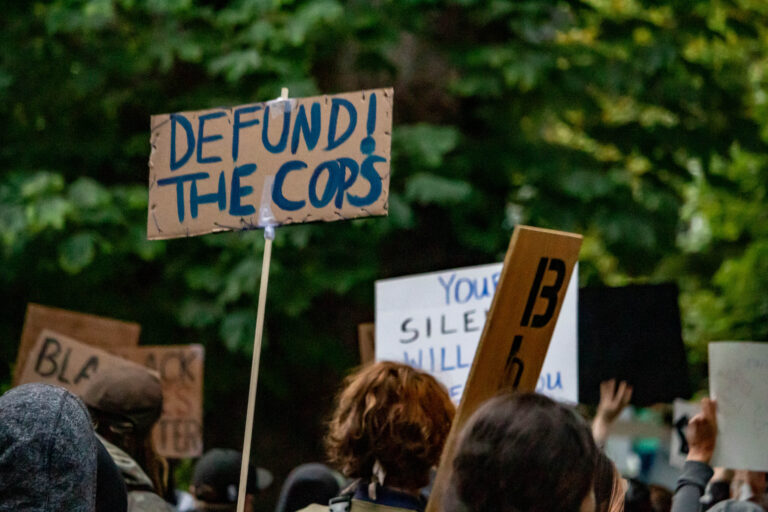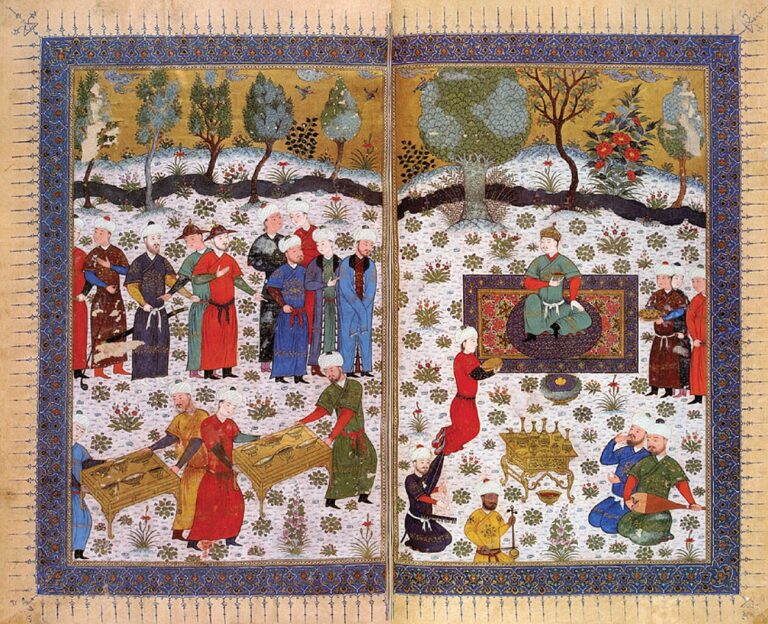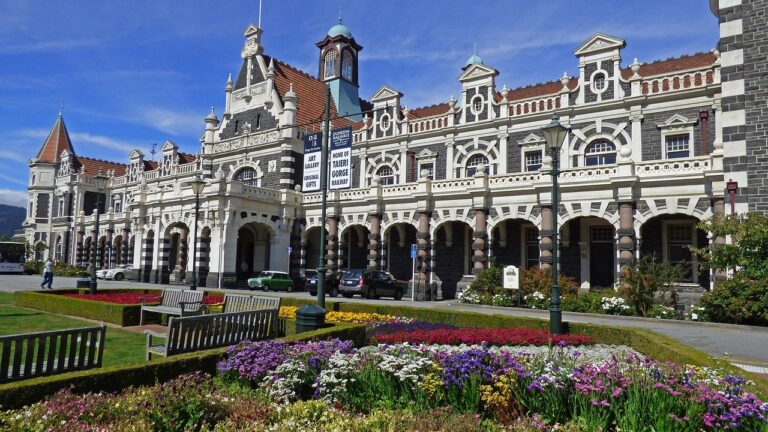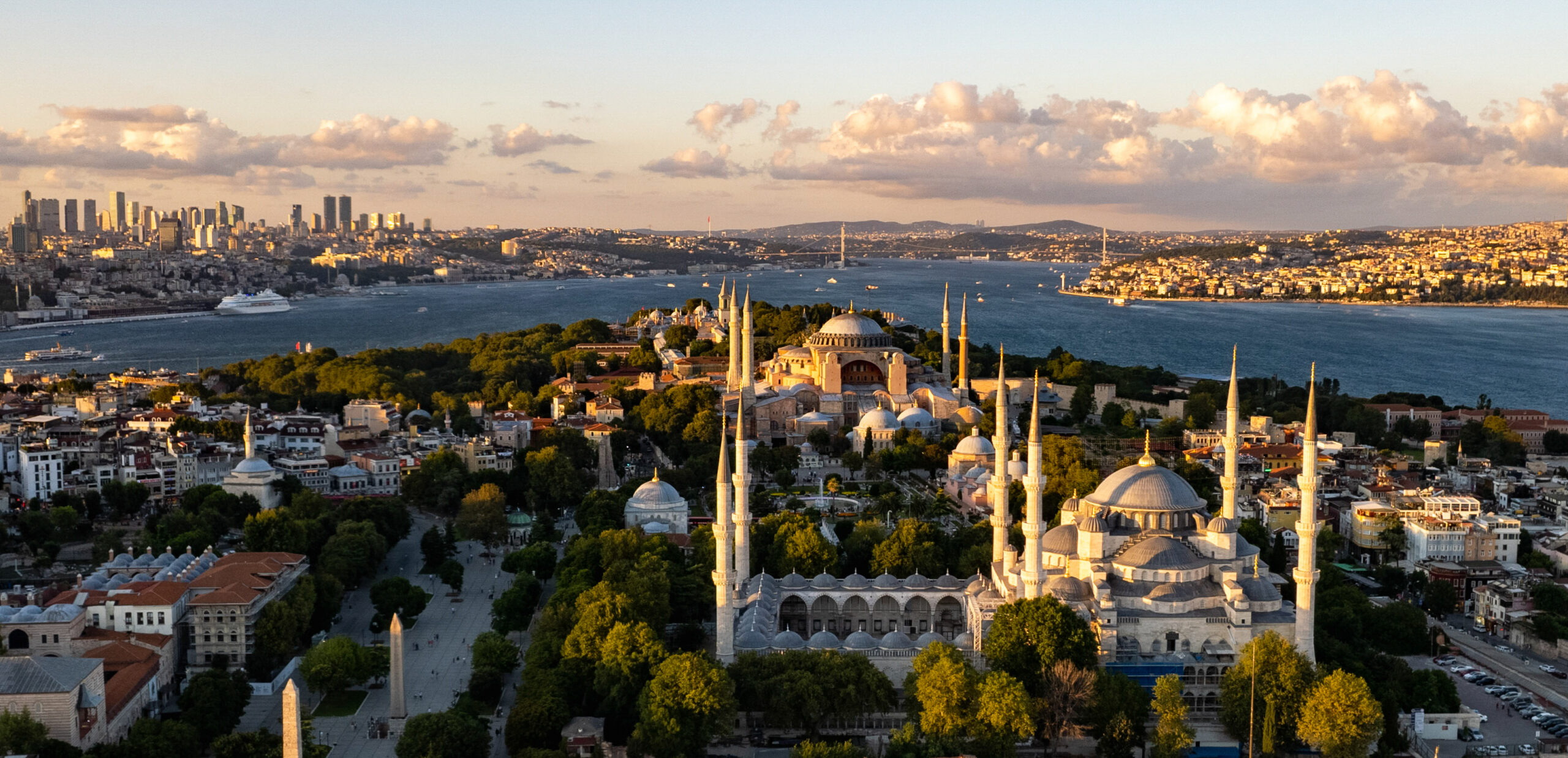
The Mask Askew: How the Turkish Protestant Movement Recognized and Surmounted Religious Discrimination
James Bultema
Istanbul Skyline via Wikimedia Commons (CC0 1.0).
This article is part of our virtual symposium and essay series, “Masking Religious Freedom Violations.” Read more here.
One of the most grievous periods of Christian history in the land of Turkey spanned much of the 20th century. One episode was the Istanbul pogrom of September 6-7, 1955, which resulted in a large-scale exodus of Greek and other Christians from the country. Anti-Greek policies lasted until 1964, when the population of Christians living in Anatolia plummeted to a level not seen since the 2nd century. Out of the remnant stump, however, a shoot came forth, to use imagery from the biblical prophet Isaiah.
In the aftermath of the pogrom and in the middle of the anti-Greek decade that followed it, two 20-some-year-old, audacious American Protestant missionaries traveled to Istanbul and settled in the same Greek district where most of the pogrom had occurred. Their far-fetched aim was to birth a new Christian movement—not among traditional Orthodox Christians, as the previous era of Protestant missionaries had resolved to do—but among the hegemonic Turkish Muslims. In October 1961, the two young men began residing as tourists in a rented Greek-owned flat, and soon they began to hold muted Sunday worship services in that flat. Two mixed-ethnic Turkish Christians regularly attended, occasionally with a few traditional Christians as well. They met weekly for about two-and-a-half years, before missionary arrests and deportations brought that little fellowship to a halt, from which it never recovered.
Even so, the Turkish Protestant movement1Bultema, James (2024). Free Enough to Grow: The Turkish Protestant Movement, 1961-2016 [Doctoral Dissertation]. steadily emerged. By the end of the 1960s, small missionary teams were residing, missionizing, and regularly worshiping with small groups of mostly non-ethnic-Turkish believers in Istanbul, Ankara, Izmir, and Adana. During the 1970s, the number and origins of missionaries increased, and some received occupational work permits, missionizing on the side. These missionaries and their activities precipitated the first converts from Islam. During the 1980s and 1990s, the numbers of missionaries and converts multiplied, the second reaching an average-annual growth rate of 25% between 1988 and 2002. Churches of the movement also mushroomed, going from 5 in 1980 to 95 in 2005. During the 2000s, an anti-Protestant and Christian campaign, climaxing in the Malatya murders of two Turkish Christians and a missionary, curbed the growth rate somewhat. Estimates for 2024 put the numbers of Turkish Protestant Christians at about 10,000 and of Turkish churches at no less than 210.
My research offers an explanation for the rise of the Turkish Protestant movement. Just a few months prior to the arrival of its first missionaries, the 1961 Turkish Constitution was enacted, giving those within the country’s borders an unprecedented degree of religious freedom. Inspired by the German Constitution of 1949, the new constitution spelled out the fundamental freedoms, elaborated upon them, and safeguarded them with a general protective clause and a promising system of judicial review. International news of the modernized constitution and its provision of religious freedom attracted the attention of missionaries and mission agencies. Then the inflow of missionaries began, leading phase by phase to the religious converting, ecclesiastical gathering, and legal organizing of an ever-growing number of Turkish Protestants and churches. Although the country’s religious freedom has never been ideally actualized, it has been enough for the emerging and even flourishing of the Turkish Protestant movement, with its myriad offspring and many churches.
The remainder of this paper presents four episodes of recurring religious freedom violations in Turkey, and gives special attention to how members of the Turkish Protestant movement recognized and surmounted these types of religious discrimination. Although the violations were masked, victims of the violations found the masks to be askew, reflective of the constitutionally questionable interpretations or the nationally protective emotions behind them.
The first episode occurred in 1965, involving Roger, one of the young men who had arrived and settled in Istanbul in late 1961. Roger had prepared, in Turkish, a series of basic Bible lessons which interested persons could receive by mail, complete on their own, and return for feedback and, if so desired, additional Christian material. In 1963, Roger and a team of missionaries and other in-country Christians addressed and mailed thousands of advertisements to addresses found in telephone directories. Within days, a leading newspaper ran a front-page story with the title, “Christian Propaganda Hits the City!” Several weeks later, when Roger went to the post office to collect his substantial batch of replies, he was arrested. In the court hearing, after the prosecutor asked the judge for the death penalty to be applied, a lawyer argued effectively that, according to the new constitution, such evangelism was legal. This led to Roger’s acquittal and release.
That, however, was not the end of the matter. Roughly two years later, during a routine visit to the foreigners’ police department in Istanbul, Roger was suddenly rearrested and handcuffed to a policeman. That same day, he was driven to the border and deported with a black mark in his passport, declaring him to be a persona non grata with respect to Turkey. He could not reenter the country, despite his newlywed wife still being in Istanbul. Herein was the violation: although the court had vindicated Roger, and with no further accusation in play, local law enforcers superseded the constitution and took the matter into their own hands. Although the decision to deport Roger may have come from a higher office, any evidence that Roger was a genuine threat to public order or to public security would presumably have been exculpatory.
Ever since that first post-1961 deportation of a Protestant missionary, hundreds of others have been deported or denied entry without due process, most recently through the use of restriction codes. Once such a code is received, it is virtually irreversible. Be that as it may, missionaries have surmounted this religious discrimination and its effects by mobilizing more missionaries for work in Turkey—including the dozen-plus new missionizers that Roger himself had left behind. They carried on where he left off.
The second episode, which took place in the early 1970s, involved crises of identity for Christians in Turkey. One of the earliest Turkish converts was named Ali. Following his conversion, Ali suffered complete and lasting rejection from his Muslim parents, who henceforth viewed him as not only a familial, but also a national traitor. Post-conversion imposition of shame and the resulting personal struggle is one of the most common experiences for Turkish converts. Ali explained it well:
To be able to say that [we Turks] are Christians, but also to maintain good relations with the community of Turks—that is not an easy task. But that needs to be done …. We need to give them that kind of assurance that, okay, we are Christians, but we still are part of you. We are not [your] enemies. We are not traitors. We still love our country and our nation, but we are Christians.
Not only did converts like Ali face struggles of identity resulting from their conversions, but the missionaries faced identity struggles as well. For example, an English teacher named Beryl arrived in Istanbul in the fall of 1974, and there she met Ali, to whom she was later married. She reported this in an interview with the author:
When I was doing our wedding papers, … they asked me if I wanted to become a [Turkish citizen]. So, I said, “Yes, I did.” So, they wrote that on the paper and sent everything off to Midyat [where Ali was from]. Several weeks later, everything came back, and there it was written [in the “Religion” box] “Islam.” And I said “Why does it say ‘Islam’ here?” And they said, “Well, because you’ve become a Turk, you’ve become a Muslim.” I said, “Did you ask me?” [No response.] And I said, “I haven’t. I didn’t. I won’t. And, in fact, my husband, although he hasn’t changed his [ID card] yet, is also a Christian. So, mine should say ‘Christian.’” And … they just gaped at me.
These examples reveal the inextricable link between Turkish ethnicity and Islam in the average Turkish mind and the identity crises that this linkage caused for a new convert and an unversed missionary. Even though the process of officially changing one’s religion in connection with one’s identity card has been simplified since the 1970s, Turkish converts to Christianity in particular are often understandably reluctant to have their stated religious affiliations changed. The inequitable social, economic, and political consequences of doing so explain their reluctance. In 2010, the European Court of Human Rights ruled that Turkey should eliminate religious affiliation data from the identity cards and records of its citizens, so as to curb discrimination based on religion. However, the ruling has mostly been ignored, despite minor measures to straighten or neaten, so to speak, this mask of discrimination.
How have Turkish Protestants sought to surmount such discrimination? They have sought to synthesize a new personal identity, hinted at already in Ali’s aforementioned quote. This Turkish-Protestant synthesis overlaps with Islamic and secular identities in such ways that common ground and mutual trust are cultivated. “By blood and citizenship, I am Turkish and love my people and land,” said another convert from the 70s. “But my heart and soul belong to Jesus, … whom I love and trust above all.”
The third and fourth episodes are two distinct but related Protestant church closures that bookended the 1990s. Ataköy International Church in Istanbul and, a decade later, Karataş (Turkish) Church in Izmir were both “arrested” mid-service. Groups of police with submachine guns entered the makeshift worship sanctuaries and shut the doors, refusing to allow anyone to leave. Journalists joined the police, taking pictures and notes. Worshippers’ personal data were recorded, and the premises were sealed off. Attendees of Karataş Church were detained overnight. Several of them suffered trauma from the whole experience, as well as consequences from the detrimental media coverage that followed.
As terrible as the experiences were for both the pastors and worshippers, the church closures ended up advancing the outworking of religious freedom in Turkey. The church leaders had long since registered their meetings with the local governorship; thus, they were not meeting in secret. The prosecuting attorneys spoke out on behalf of the church groups, even against the actions of the police, in upholding the worshipers’ constitutional rights. In the second case, the prosecutor issued this statement:
“The action has no point of contact with the scope of law …. Worshiping in a place without permission is an administrative matter without any criminal sanction. … The Constitution guarantees freedom of belief and worship.”
Masked as well-planned police attempts to incriminate congregated Christian worshipers, the religious discrimination that motivated the closures was itself unmasked by the reach of religious freedom, defended by the prosecuting attorneys. However, because neither church was a legal entity, there was no obvious means of legal recourse.
Yet they were prepared. The missionary pastor of the Ataköy Church was himself a lawyer from the UK. Years earlier he had found a pertinent precedent regarding the Jehovah’s Witnesses in Turkey. Based on that precedent, he arranged to have a Turkish law professor write a legal abstract on the church’s behalf. That abstract proved to be invaluable in the aftermath of the closure. Moreover, the pastor enlisted the constructive assistance of the then Vice President of the European Parliament, who actually came to Turkey and advocated for not only the Ataköy Church, but for the movement as a whole. A decade later, the pastor of Karataş Church benefited from and emulated the example that had been set by the advocates for the Ataköy Church. He and his congregants eschewed any fatalistic tendencies, and they also exercised unprecedented resourcefulness in procuring help from the World Evangelical Alliance, hiring their own Turkish human rights lawyer, and forming a movement-wide legal committee. According to the pastor:
“That was a profound thing: when the Turkish church started taking proactive … steps of its own.”
Although at least some of the steps taken by the pastor and his congregants were technically reactive, what has arisen from their and other missionaries’ and converts’ constructive steps was an actualization of the collective dimension of religious freedom in the form of means of legality for Turkish churches in general. Ataköy International Church was reinvented and reestablished as Güngören Kilisesi (Church) in a different location of Istanbul, and Karataş Kilisesi of Izmir has been carrying on with its activities ever since rebounding from its traumatic closure a quarter of a century ago.
In conclusion, these four episodes of recurring religious-freedom violations suggest that in Turkey religious discrimination is more often masked than it is barefaced. Deportation without due process, stigmatization of Christian identity, and termination of legitimate worship services are examples of religious-freedom violations that the Turkish Protestant movement has endured. However, when confronted with such cases of discrimination, astute observers in the movement essentially noticed that the masks were askew, disfigured by hatred or fear. If the converts of the 70s are widely representative, the members of the movement have viewed their discriminators also as their kin, members of their national family. Inherently then, in surmounting the discrimination, whether it was through missionary mobilization, Turkish-Protestant synthesization, or legal-framework formulation, the Protestants have not only served their own best interests, but also those of the nation. ♦
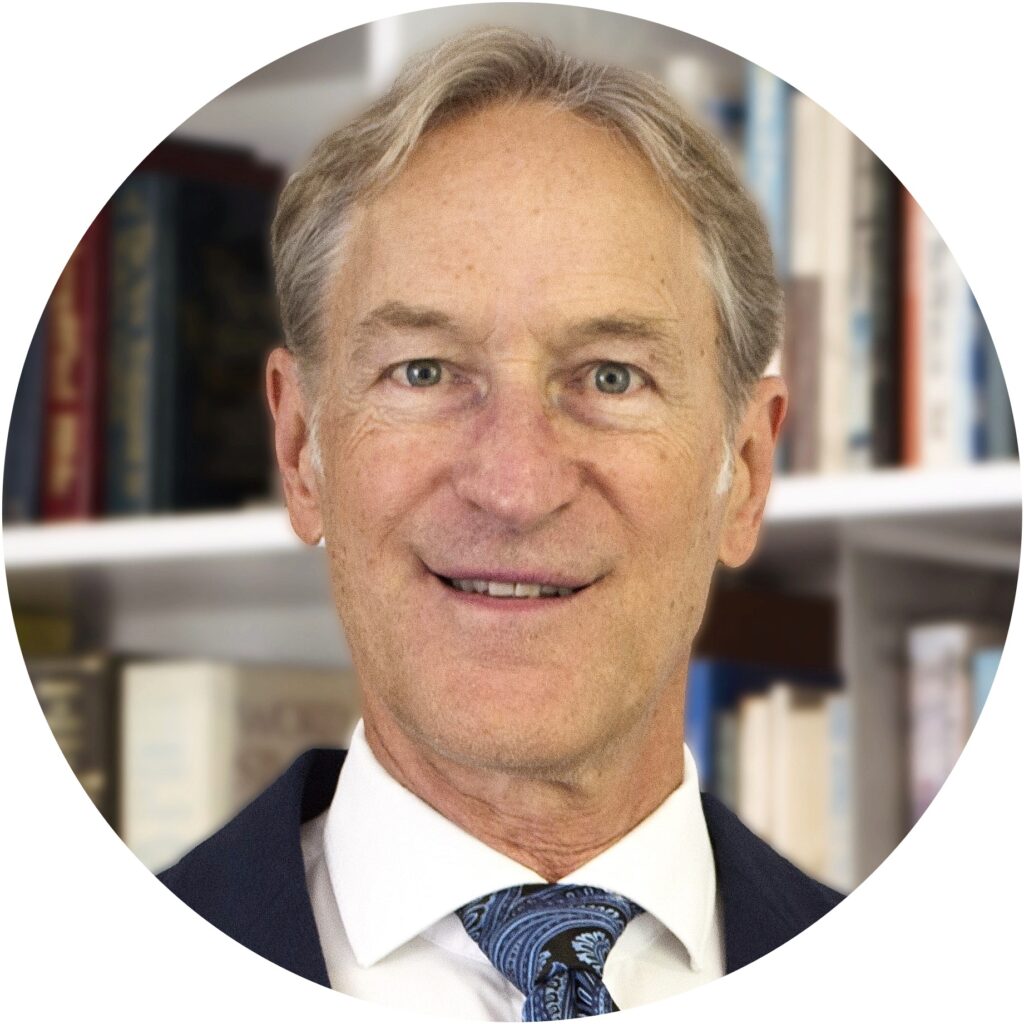
James Bultema, a graduate of Wheaton College (BA), Denver Seminary (MDiv), and ETF Leuven (PhD), has lived since 1990 in Turkey, where he and his wife founded the St. Paul Union Church, Olive Grove Camp, St. Paul Cultural Center, Mozaik Cultural and Sports Center, Akdeniz Jubilee Church, and other related ministries. His soon-to-be-published doctoral dissertation, “Free Enough to Grow: The Turkish Protestant Movement, 1961-2016,” addresses and illustrates the tensions between religious freedom and Christian mission in a Muslim-majority context.
Recommended Citation
Bultema, James. “The Mask Askew: How the Turkish Protestant Movement Recognized and Surmounted Religious Discrimination.” Canopy Forum, January 8, 2024. https://canopyforum.org/2025/01/08/the-mask-askew-how-the-turkish-protestant-movement-recognized-and-surmounted-religious-discrimination/.
Recent Posts


